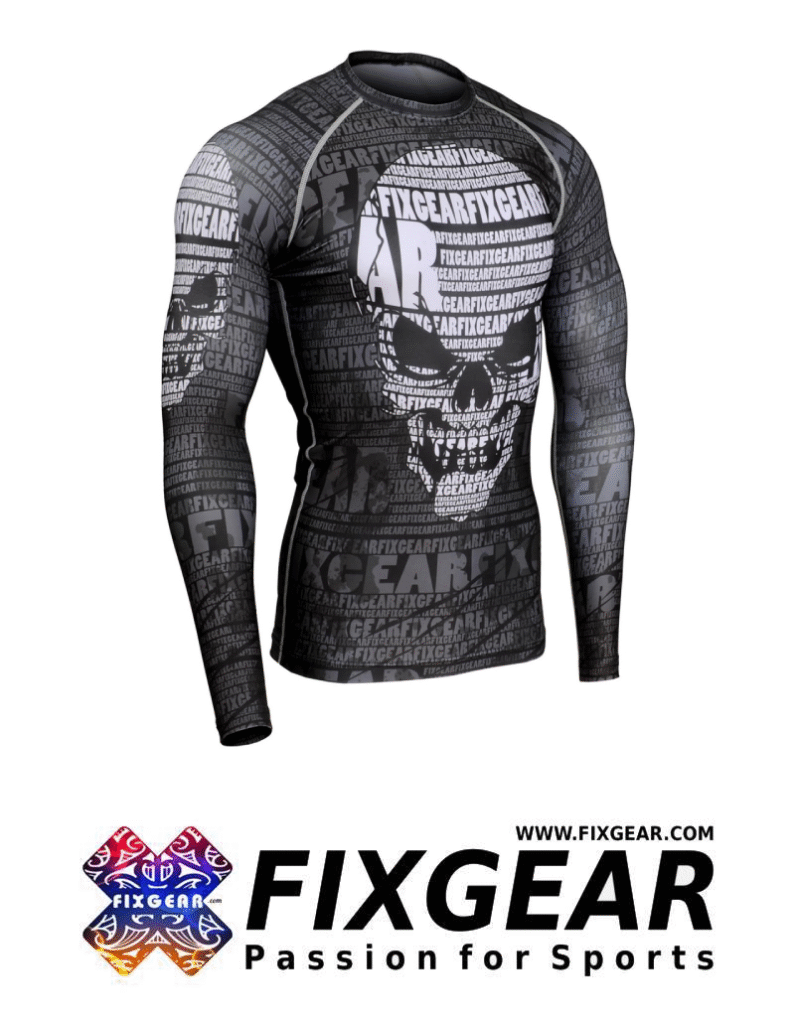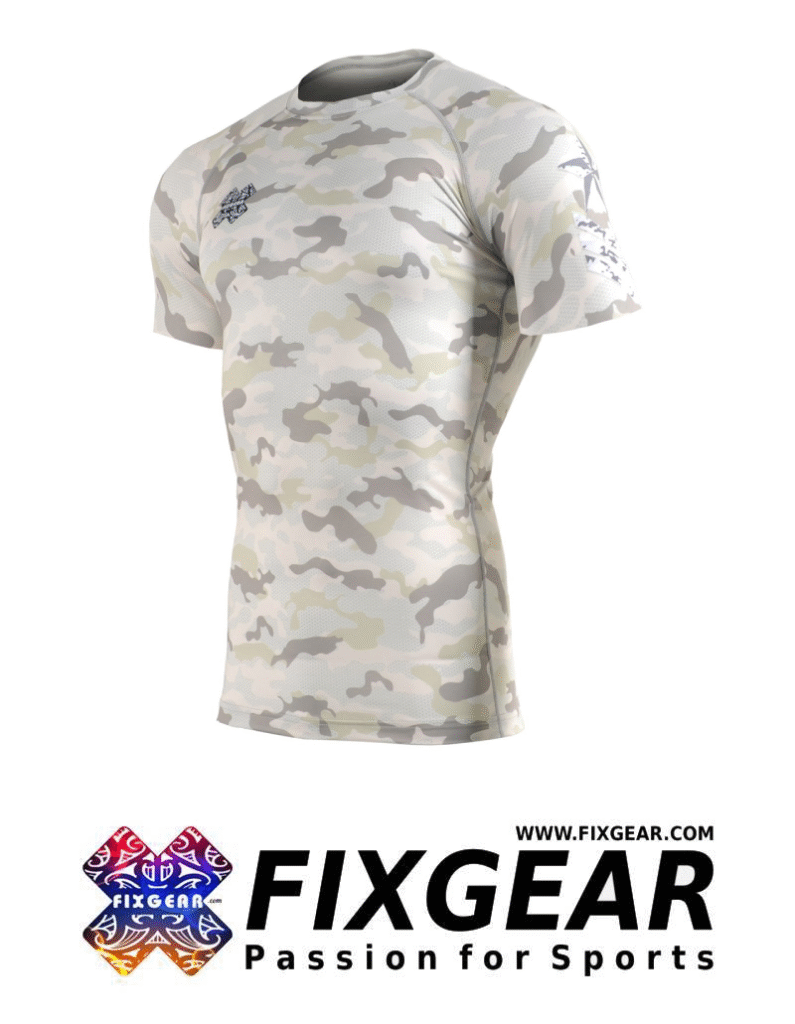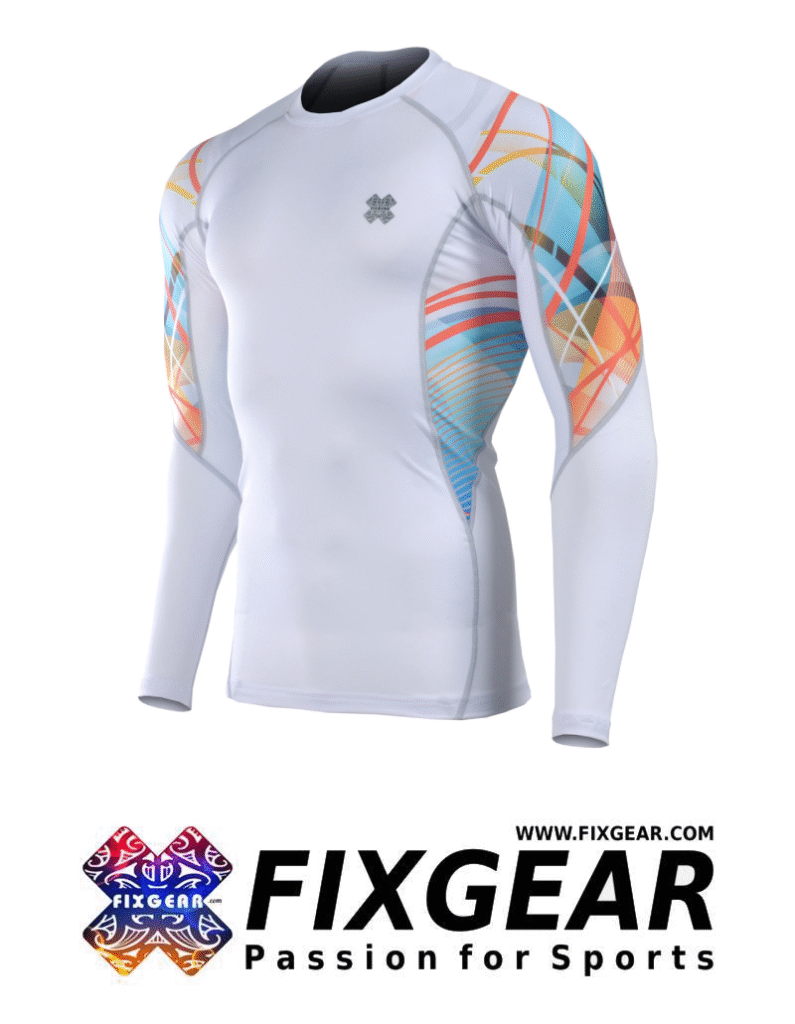Whether to wear a shirt under a compression shirt depends on personal preference and comfort. Some prefer to wear a lightweight, moisture-wicking shirt underneath for added comfort and to prevent skin irritation, while others find it sufficient to wear the compression shirt alone. If you wear one underneath, ensure it fits well and doesn’t interfere with the compression benefits.
1 – Should you wear a shirt under a compression shirt?
It depends on your preference and the compression shirt’s intended use. Some people prefer to wear a shirt underneath for added comfort or warmth, while others like the direct feel of the compression shirt against their skin. Compression shirts are designed to be worn as a base layer, so wearing one alone is perfectly acceptable, especially for athletic activities.
2 – What are the cons of compression shirts?
Here are some cons of wearing compression shirts:
1. Discomfort: Some individuals may find compression shirts too tight or restrictive, leading to discomfort during prolonged wear.
2. Overheating: Compression materials can trap heat, which may cause overheating, especially during intense workouts or in warm weather.
3. Skin Irritation: The tight fit and fabric can lead to skin irritation or chafing, mainly if worn for long periods or during vigorous activities.
4. Limited Breathability: Some compression shirts may not be very breathable depending on the material, affecting moisture-wicking capabilities.
5. Cost: Compression shirts can be more expensive than regular shirts, which may be a consideration for some shoppers.
3 – What do you wear under compression?
When wearing compression garments, you can consider the following options for what to wear underneath:
1. Base Layer: A lightweight moisture-wicking base layer can help manage sweat and provide added comfort.
2. Sports Bra: For those who prefer additional support, wearing a sports bra underneath can be beneficial.
3. Tank Top or T-Shirt: Some people opt for a thin tank top or fitted t-shirt for extra coverage and comfort.
4. Nothing: Many choose to wear compression garments directly against their skin, as they are designed to be worn this way for optimal effectiveness.
Ultimately, it depends on your comfort and the specific activity you’re engaging in.
4 – Why are compression shirts so attractive?
Compression shirts are often seen as attractive for several reasons:
1. Body Contouring: They fit snugly against the body, accentuating muscle definition and creating a streamlined appearance, which many find appealing.
2. Athletic Aesthetic: The sporty look of compression shirts is associated with fitness and an active lifestyle, which can be attractive to many individuals.
3. Performance Benefits: Beyond aesthetics, functional benefits like improved circulation and muscle support can enhance physical performance, making them desirable for athletes.
4. Versatility: Compression shirts can be worn in various settings, from workouts to casual outings, adding to their appeal as stylish yet functional clothing.
5. Material and Design: Many compression shirts are made from high-quality, breathable fabrics with modern designs, which can enhance their visual appeal.
5 – Do you wear an abdominal binder under or over clothes?
An abdominal binder is typically worn over clothing for comfort and hygiene reasons. Wearing it over a shirt can prevent direct contact with the skin, reducing irritation. However, some people may wear it directly against their skin for better compression and support, depending on their comfort level and the specific situation. Ultimately, it depends on personal preference and the type of clothing worn underneath.
6 – Do compression shirts help with fat?
Compression shirts do not directly help with fat loss. They are designed to support, improve circulation, and enhance muscle performance during physical activity. Wearing a compression shirt may give the appearance of a slimmer physique by smoothing out the silhouette, but they do not burn fat or contribute to weight loss. A combination of a healthy diet and regular exercise is essential to reduce body fat.
7 – Should I wear a shirt under my binder?
Yes, wearing a shirt under your abdominal binder is generally recommended. This can help prevent skin irritation and chafing, make it more comfortable to wear, and provide a barrier between your skin and the binder. Additionally, it can help with hygiene.
8 – Do compression shirts affect blood pressure?
Compression shirts are designed to apply pressure to specific body areas, which can enhance circulation and may help reduce muscle fatigue during exercise. However, they should not significantly affect blood pressure in healthy individuals. If someone has pre-existing health conditions, particularly related to circulation or blood pressure, it’s essential to consult a healthcare professional before using compression garments to ensure they are safe and appropriate.
9 – Should you put compression shirts in the dryer?
It’s generally not recommended to put compression shirts in the dryer. The heat from the dryer can damage the elastic fibres, leading to a loss of compression and shape. Instead, it’s best to air dry them by laying them flat or hanging them up to maintain their quality and extend their lifespan.
10 – Why would someone wear a compression shirt?
Someone might wear a compression shirt for several reasons, including:
1. Muscle Support: Compression shirts support the muscles, helping to reduce fatigue and soreness during and after physical activities.
2. Improved Circulation: They enhance blood flow, aiding recovery and performance during exercise.
3. Temperature Regulation: Many compression shirts are made from moisture-wicking materials that help keep the body cool and dry.
4. Enhanced Performance: Athletes often wear them to improve their performance by providing stability and reducing muscle vibration.
5. Comfort: The snug fit can provide comfort and security, making them a popular choice for various activities, from workouts to casual wear.
6. Post-Surgery Recovery: Compression shirts are sometimes recommended for recovering from surgery to help manage swelling and support healing.
11 – Do compression shirts help with loose skin?
Compression shirts may provide temporary support and a smoother appearance for individuals with loose skin, but they do not fundamentally change the skin’s condition. They can help improve comfort and boost confidence while engaging in physical activities. However, to address loose skin effectively, especially after significant weight loss or pregnancy, other methods such as exercise, proper hydration, and medical treatments may be more beneficial in some cases. It’s always a good idea to consult a healthcare professional for personalized advice.
12 – Is it reasonable to sleep with a compression shirt on?
Wearing a compression shirt while sleeping is generally safe, but it depends on personal comfort. Some individuals find that compression wear provides support and helps reduce muscle soreness, while others may feel restricted or uncomfortable. If you choose to wear one, ensure it fits properly and isn’t too tight, affecting your comfort and circulation during sleep. It’s always best to consult a healthcare professional with specific health concerns.
13 – Do compression shirts help with blood circulation?
Yes, compression shirts can help improve blood circulation. They are designed to apply graduated pressure to the body, enhancing blood flow and reducing blood pooling in the extremities during physical activities. This improved circulation can aid muscle recovery, reduce fatigue, and decrease the risk of muscle soreness after exercise. However, choosing the right size and fit is essential to ensure effectiveness.




